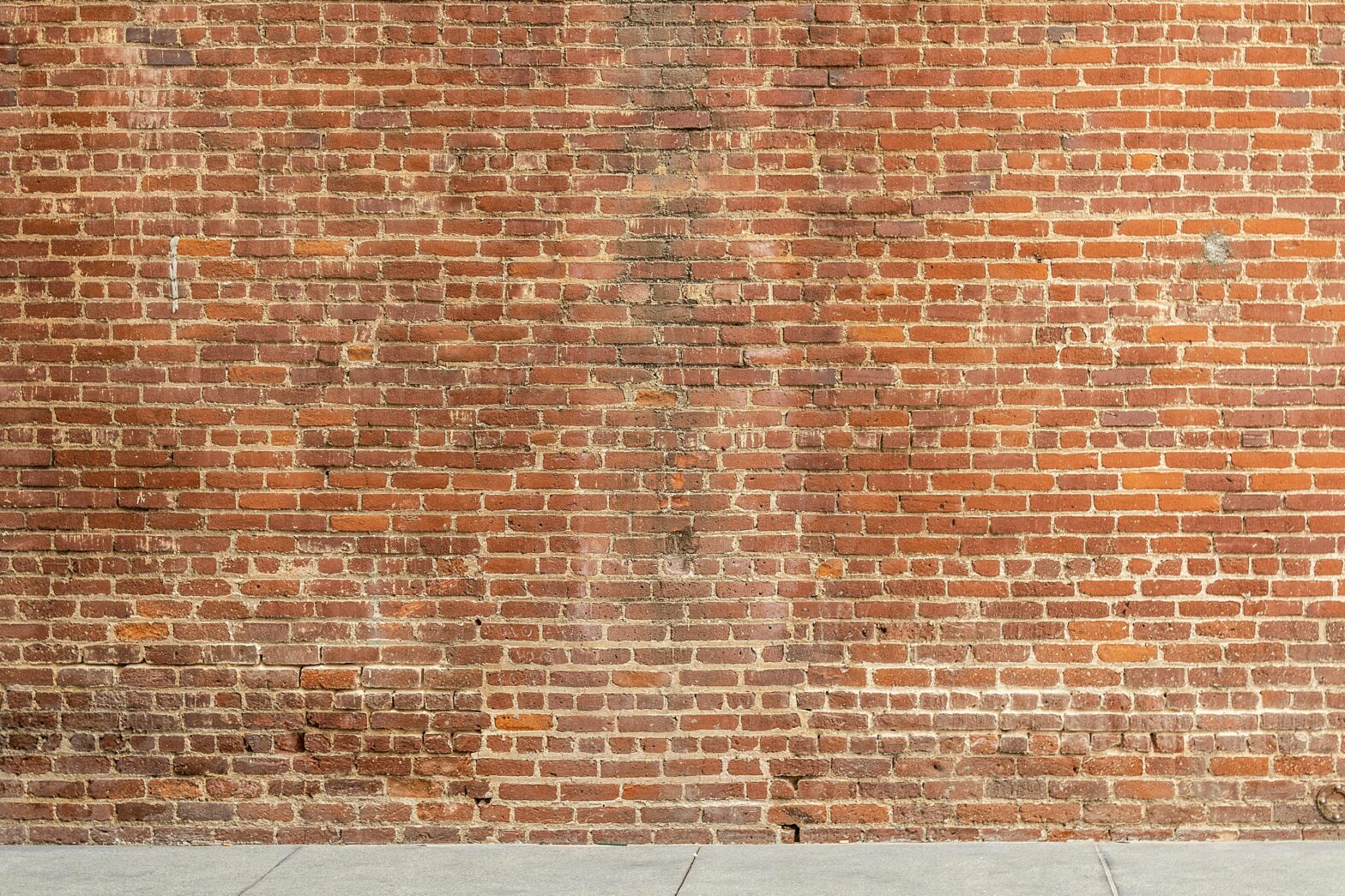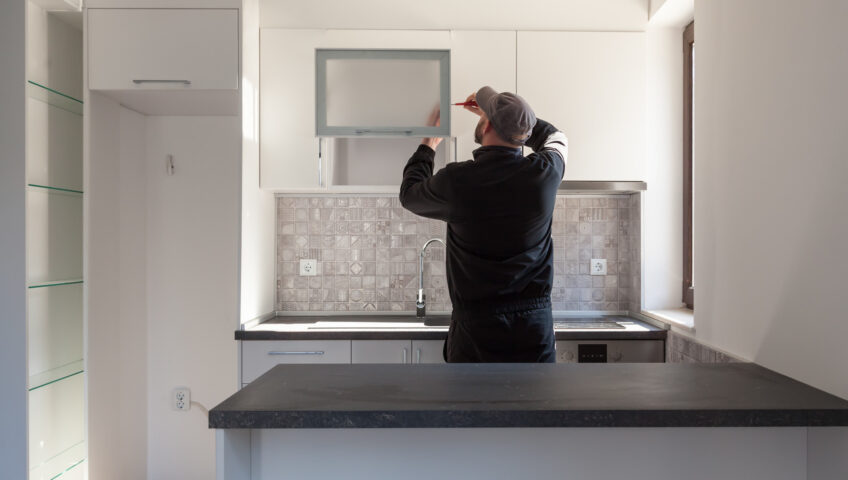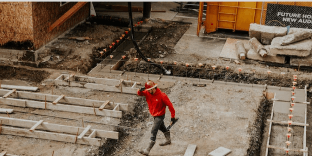
Wall Dismantling: Removing A Wall That Does Not Support Anything
In the same way that tearing down a load bearing wall is not an easy task, wall dismantling, even for a wall that does not support any weight, is not something you should do by yourself. Here we’ve shared short list of the necessary procedures and measures that anyone should take in order to carry out this kind of activity and get the desired result.
Wall Dismantling: What You Need to Know
Locating a wall that does not carry weight
Before moving forward with this project, make sure that the wall that is going to be pulled down is not a load bearing wall. Take into consideration that load bearing walls are usually 30 centimeters wide or thicker. Non-load bearing walls are usually 10 centimeters wide or less.
Be aware that load bearing walls are often either exterior walls or core inner walls, which are directly attached to the building. The latter type of wall is also referred to as a “cross wall”.
A wall made of brick or concrete is often load bearing. In the event that the wall you intend to demolish is down in the basement, it is important to keep in mind that a load bearing wall typically runs parallel to the main beam – but not always. To ensure that you are proceeding in the appropriate manner, you should see if you can find the house blueprint and certainly bring in an expert to confirm any assumptions you may have.
Verify what is concealed behind the wall

Now that you’re sure about the type of the wall that you intend to knock down, a professional may use a box cutter to create a small opening in the drywall. This allows them to peer inside and see where any electrical wiring, plumbing or other critical elements may be before you begin the process of tearing it down.
Preparing for demolition
Grab your dust mask, work gloves, and safety goggles before you begin pulling down the wall. By now we’ve made the case that you want a professional to do this for you, but if you’re still determined to do it yourself, some basic protection equipment is in order. You don’t want to be coughing up drywall dust for a week. Oh, and make sure the gas, electricity, and water supply are turned off so you don’t blow yourself up!
The next step is to apply polythene sheets, like the ones used in vapor barriers, to the doorways or openings that lead to neighboring rooms in order to prevent dust from entering those rooms. This is a critical step that we at Load Bearing Wall Pros undertake for every project.
The next step is to draw back the baseboards that are closest to the wall, if necessary. Do the same thing with any mouldings that are located toward the bottom of the wall in question (if there are any), as well as the moldings that are located around the wall. Remove the casings from the electrical boxes and remove the outlets from the electrical boxes.
Taking Down a Wall That Does Not Support Anything
Let’s get down to business and tear down the wall. The margins of the wall (the ceiling, the floor, and the sides) should be severed from the other walls that are near to it using a box cutter. Because of this, you will be able to tear out the drywall without causing any damage to the other walls. Using a small sledgehammer, break through the drywall, and then go from the top to the bottom of the structure.
The next step is to remove any insulation material from the wall and throw it away. Finally, take out all of the anchors for the drywall. Interlocking the inside studs and either crimping or screwing them to the rails (at both the floor level and the ceiling level).
To free the stud from the tracks, first remove the anchors and then twist the stud on itself. If the studs are screwed in, this will release the stud. Afterward, take it out. On the other hand, the studs may be crimped. In this case, you will need to use a nibbler to cut them off at the edge of the floor and ceiling tracks.
If you’re starting to think that even removing a non load bearing wall is a bit too much of a project for you, call us at 469-813-8143.


